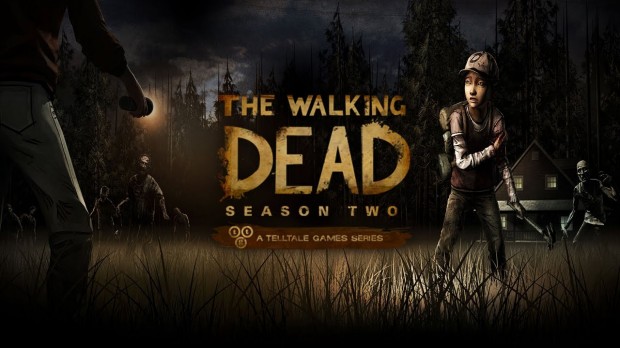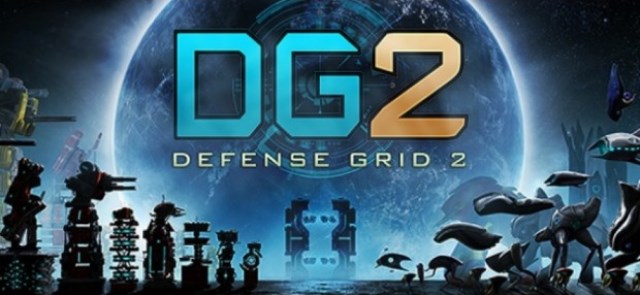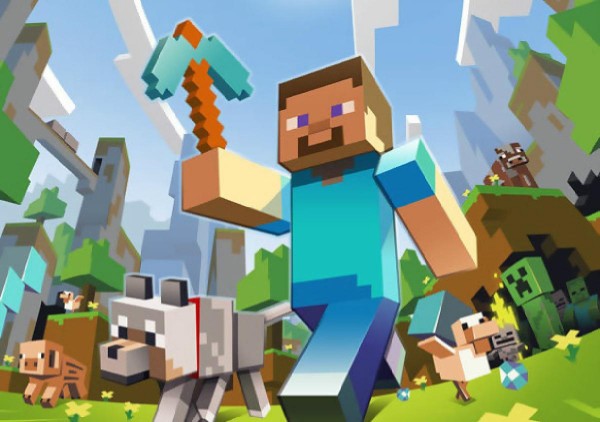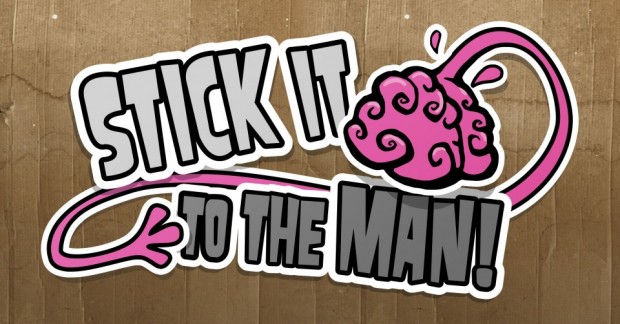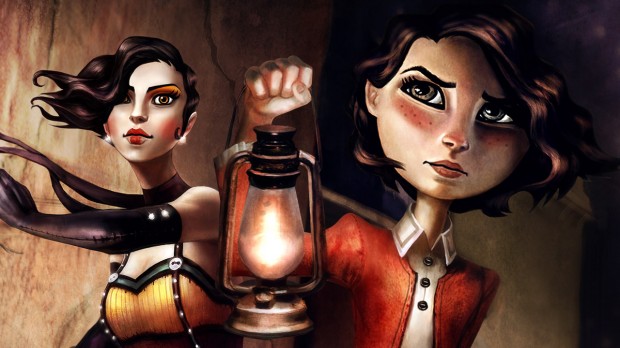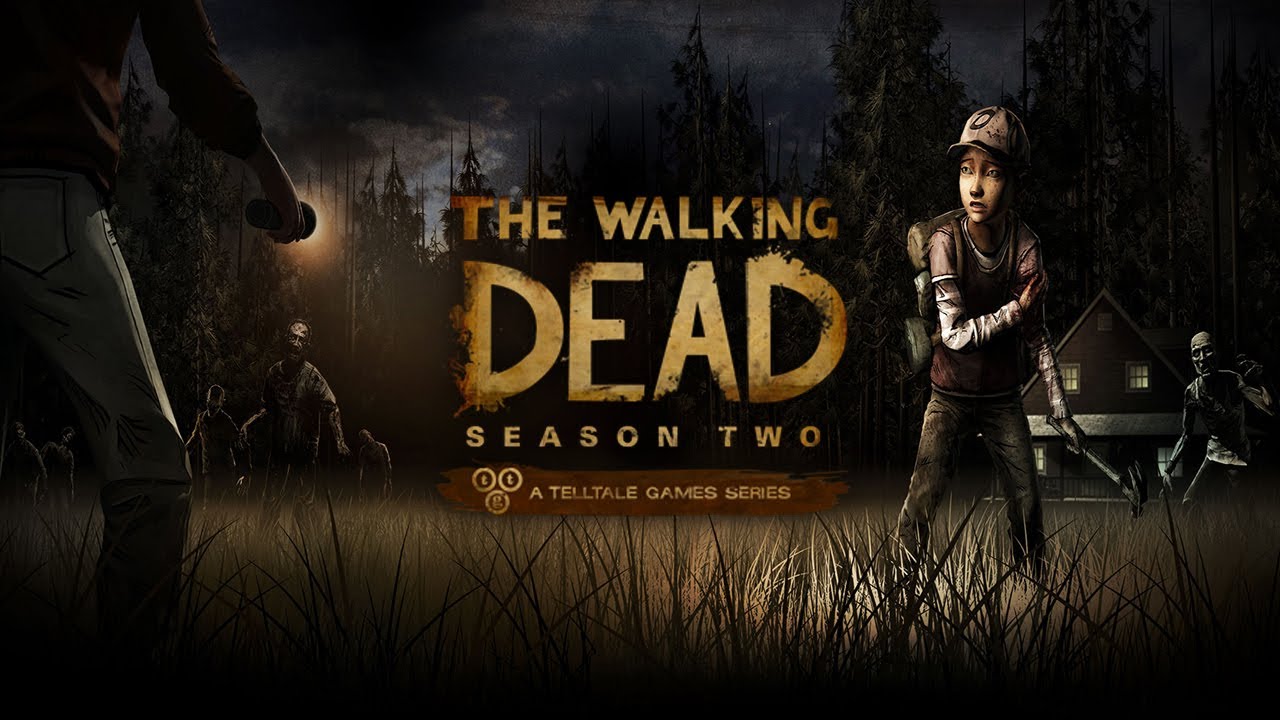 11 years ago
11 years ago
The Walking Dead: Season Two review (Xbox One)
The Walking Dead: Season Two was developed and published by Telltale Games. It was released on Friday, October 31 2014 for $25. A copy was provided for review purposes.
In the end, nobody is safe from the shambling, moaning hordes of undead which populate The Walking Dead’s dystopian alternate reality. Not the characters, the fans or the general public. Robert Kirkman has created a rich and culturally pervasive lore. It was inevitable that Telltale Games extremely popular The Walking Dead series of episodic interactive stories would appear on Microsoft’s Xbox One console sooner or later.
TWD:S2 picks up directly where Season One ended. Players assume the role of Clementine as she continues her journey towards adolescence in an increasingly dangerous and challenging world. The Xbox One version of TWD:S2 has been released as a complete package, which is great news for anyone as impatient as me. Let’s jump in and see if this version is worth your hard earned cash.
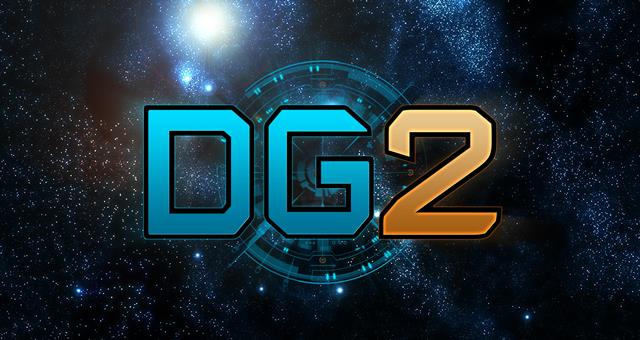 11 years ago
11 years ago
Defense Grid 2 review (Xbox One)
Defense Grid 2 was developed by Hidden Path Entertainment and published by 505 Games. It was released on September 23, 2014 for $24.99. A copy was provided for review purposes.
Defense Grid 2 (DG2) is the long-awaited sequel to Hidden Path Entertainment’s popular tower defense game, Defense Grid: Awakening. The familiar alien-blasting action takes place on the Xbox One and looks great at first glance. A shining addition to the title is co-op and online play: the first game was a single-player experience with leader boards being your only interaction with friends. DG2 is not trying to break any molds or re-define the genre; it’s simply fulfilling the need for a solid tower defense game, and doing it relatively well.
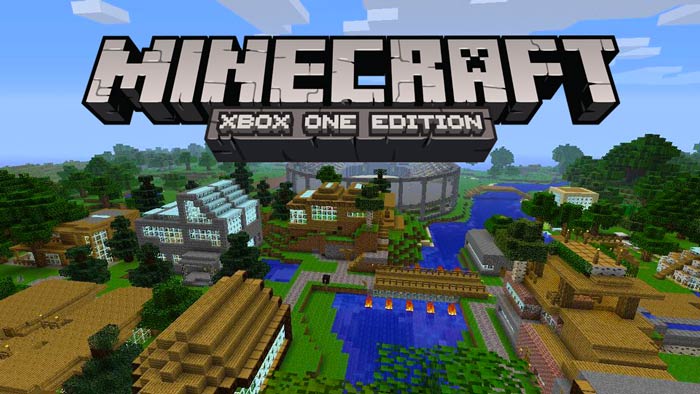 11 years ago
11 years ago
Minecraft: Xbox One Edition review (Xbox One)
Minecraft: Xbox One Edition was developed by Mojang and 4J Studios and published by Microsoft Studios. It was released on Friday, September 5 2014 for $20 and is also available to owners of the Xbox 360 Edition for $4.99. A copy was provided for review purposes.
Well, someone had to do it. And that someone is me. Drawing the review for Minecraft: Xbox One Edition may have been the most challenging assignment of my XBLA Fans writing career, simply because there isn’t much left to write which hasn’t been written a million times before. When he reviewed the Xbox 360 version of this seminal mining/crafting/adventure game over two years ago, our reviewer opened with the throwaway line that even the most casual of weekend gamers must already have heard of Minecraft – and he was absolutely right.
So where does that leave us? Well, my review of the recently released Xbox One version will reinforce Minecraft‘s core elements for those already familiar with giving newcomers an introduction to those same elements. At the same time, I’m going to lay out some of the changes, no matter how subtle they may be, that differentiate this version from that of the last generation of consoles. Let’s dig in.
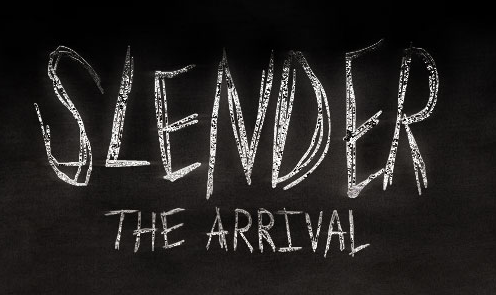 11 years ago
11 years ago
Slender: The Arrival review (XBLA)
Slender: The Arrival was developed by Blue Isle Studios and published by Midnight City. It was released on September 24, 2014 for $9.99. A copy was provided for review purposes.
Slender: The Arrival is inspired by the popular PC game, Slender: The Eight Pages and even features a scene similar to the original. There have been few survival horror games on XBLA and even fewer that have gotten the feeling of horror right. This has led to gamers waiting for some time to see a new survival-horror game appear on XBLA, one that could scare the pants off of them. I’m happy to report that Slender does exactly that, even on the easiest difficulty.
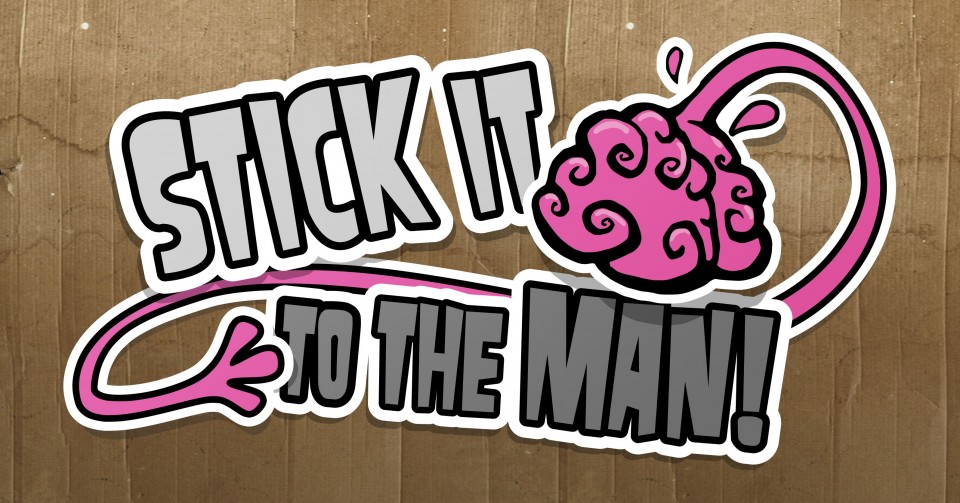 11 years ago
11 years ago
Stick it to The Man review (Xbox One)
Stick It to The Man! was developed and published by Zoink Games. It was released August 28, 2014 on Xbox One and Xbox 360 for $9.99. An Xbox One copy was provided for review purposes.
It has been an awfully long time since the likes of Braid, Limbo and Super Meat Boy first began to demonstrate just how innovative and enjoyable smaller, digitally delivered titles could be. Unbelievably, though, there are still independent studios out there that continue to push the envelope. With Stick it to the Man!, Zoink games have done exactly that, delivering an entertaining, polished and highly amusing puzzle/platform game that oozes originality from every pore.
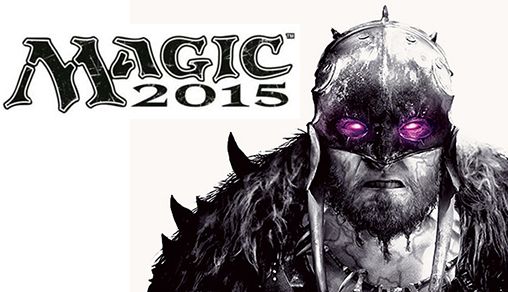 11 years ago
11 years ago
Magic: Duels of the Planeswalkers 2015 review (XBLA)
Magic: Duels of the Planeswalkers 2015 was developed by Stainless Games and Wizards of the Coast and published by Microsoft Studios. It retails for $9.99 and was released on July 16, 2014. A copy was provided for review purposes.

Magic: Duels of the Planeswalkers 2015 is this year’s digital Magic: The Gathering card game. Since 2011, Stainless Games has produced four substantially fun, challenging and balanced games. Magic 2015 is quite a different experience, and there are some amazing new features that players have asked for since the first game was released. Unfortunately, the phrase most suitable for the changes to 2015 is “be careful what you wish for.”
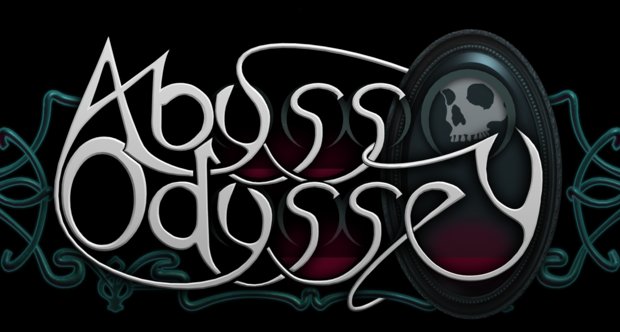 11 years ago
11 years ago
Abyss Odyssey review (XBLA)
Abyss Odyssey was developed by ACE Team and published by ATLUS. It was released on Xbox 360 for $14.99 on July 16, 2014. A copy was provided for review purposes.
At first glace, Abyss Odyssey seems relatively simple. It looks like a basic side-scrolling hack and slash game with dungeon-crawling elements, but it is weirdly different. It’s actually more of a rougelike, sporting a combat system better compared to a fighting game than an action one. Taking place inside of a warlock’s dreams, a dungeon of multiple levels has been created, with monsters breaking through the surface and causing destruction to the world above. It’s up to you to take control and put an end to the warlock’s carnage, one floor at a time. Ironically enough, Abyss Odyssey has you descending its depths in hope of reaching the final foe – all while lacking “depth” in the process.
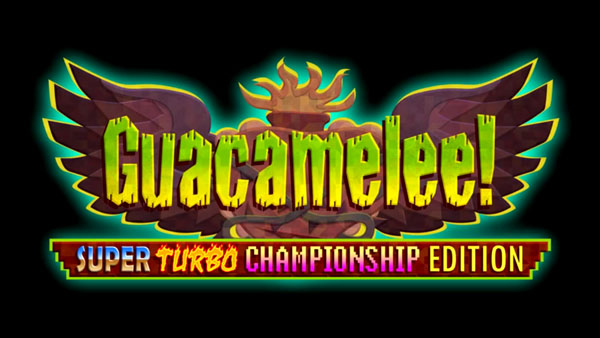 11 years ago
11 years ago
Guacamelee Super Turbo Championship Edition review (Xbox One)
Guacamelee Super Turbo Championship Edition was developed and published by Drinkbox Studios. It was released on Xbox One for $14.99 on June 6, 2014. It is also available on Xbox 360 for $14.99. An Xbox One copy was provided for review purposes.

Guacamelee is an already well-reviewed and very fun game, so adding a dash of super, a bit of turbo, and a pinch of championship creates a slightly more delicious version. The folks at Drinkbox Studios have updated the title with a variety of new features, all of which are enjoyable for everyone, including Guacamelee veterans. The sense of humor involved with Guacamelee is great, and pays homage to Metroid, Mario, and Castlevania titles constantly. This is a classic side-scrolling experience and it really is one of the better titles to surface via the ID@Xbox program thus far.
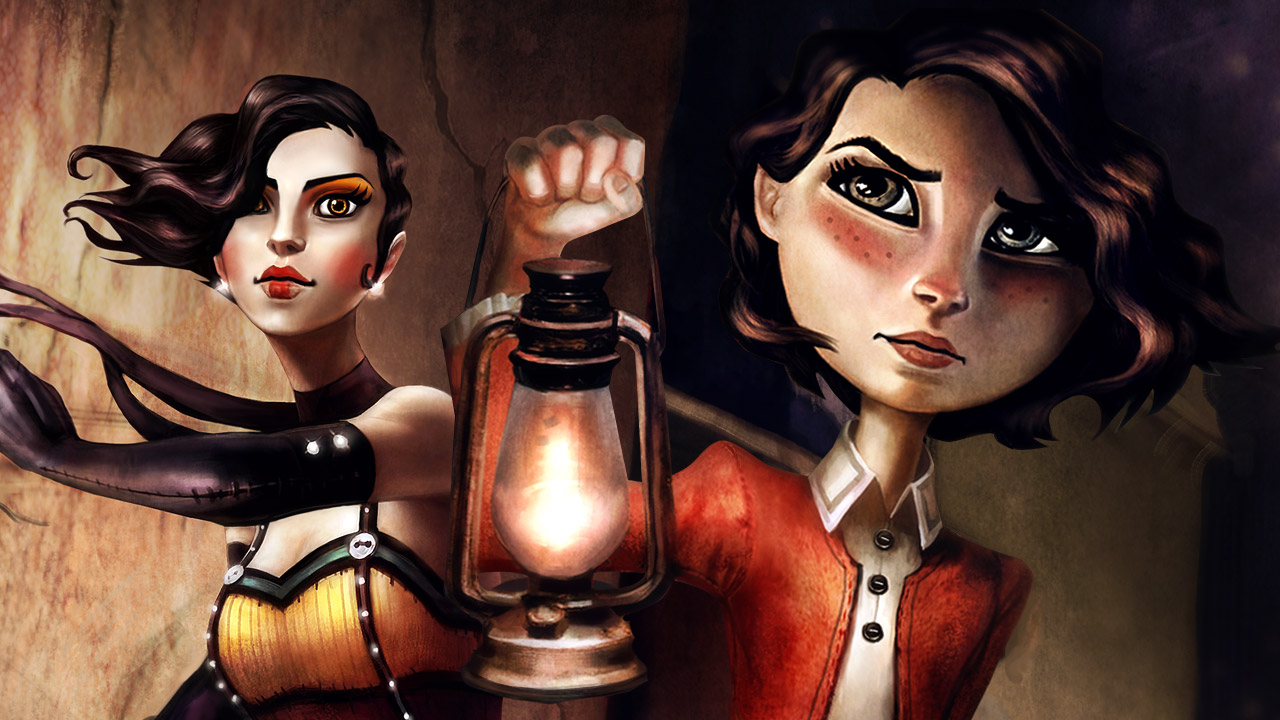 11 years ago
11 years ago
Contrast review (XBLA and Xbox One)
Contrast is developed and published by Compulsion Games. It was released on Xbox One for $14.99 on June 6, 2014. It is also available on Xbox 360 for $14.99. An Xbox One copy was provided for review purposes.
A shadow is the absence of light behind an object. Shadows know nothing else besides darkness and only exist in attachment to another. Shadows emit fear, mystery, the unknown. A shadow adds another layer to an object, a person. Often over sought, we often only view what’s on the surface, we don’t think twice. What’s on the surface is rather accordingly never as it seems, yet a shadow can show exactly what it seems. The warping of light and spacetime; the peeling back of our layered complexities; and questioning of what is reality are all captured by the beautiful artistry of Contrast.
Set in turn-of-the-century Paris, Contrast tells the story of a young girl, Didi, as she sets out upon the nocturnal Parisian streets to bring her family back together. Her mother works late nights at the gentleman’s club, and her father is deep in debt with the gangs. Didi just want to have one happy family again. Tagging along is her shadowy companion Dawn, who uses her mysterious powers to warp into the shadows and complete complicated platforming puzzles based upon the manipulation of light and shadows cast on the walls. Thus, the game becomes an existential experience that comments on family, science and emotion.
 11 years ago
11 years ago
Another World: 20th Anniversary Edition review (Xbox One)
Another World: 20th Anniversary Edition was developed by Martial Hesse-Dreville and Éric Chahi and published by The Digital Lounge. It was released on June 25th, 2014 on Xbox One and is priced at £6.39/$9.99. An Xbox One copy was provided for review purposes.
 The nature of video games has changed a lot since the original version of Another World (A.K.A Out of this World) was released on the Amiga and Atari ST back in 1991. For a start, even the humblest of modern consoles is almost immeasurably powerful in comparison to the systems available when Delphine Studio’s original game made its debut. The Sci-Fi worlds that these systems play host to are often unimaginably vast, with incredible three-dimensional graphics and rich, uncompressed digital audio to bring them to life. Gamers have changed as well – no longer is enjoying digital media reserved only for solitary fourteen year old boys with thick rimmed spectacles and a math degree. On the contrary, in fact – games are now played by almost everyone from the average adult male, to his mates, to his girlfriend and in some cases, even his mum! So, in an era of casual gaming and high definition, can this carefully crafted remake of an ultra-hard classic still make an impact on today’s audience?
The nature of video games has changed a lot since the original version of Another World (A.K.A Out of this World) was released on the Amiga and Atari ST back in 1991. For a start, even the humblest of modern consoles is almost immeasurably powerful in comparison to the systems available when Delphine Studio’s original game made its debut. The Sci-Fi worlds that these systems play host to are often unimaginably vast, with incredible three-dimensional graphics and rich, uncompressed digital audio to bring them to life. Gamers have changed as well – no longer is enjoying digital media reserved only for solitary fourteen year old boys with thick rimmed spectacles and a math degree. On the contrary, in fact – games are now played by almost everyone from the average adult male, to his mates, to his girlfriend and in some cases, even his mum! So, in an era of casual gaming and high definition, can this carefully crafted remake of an ultra-hard classic still make an impact on today’s audience?

